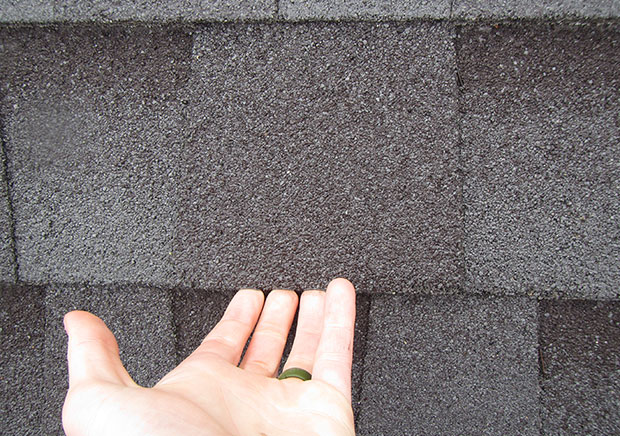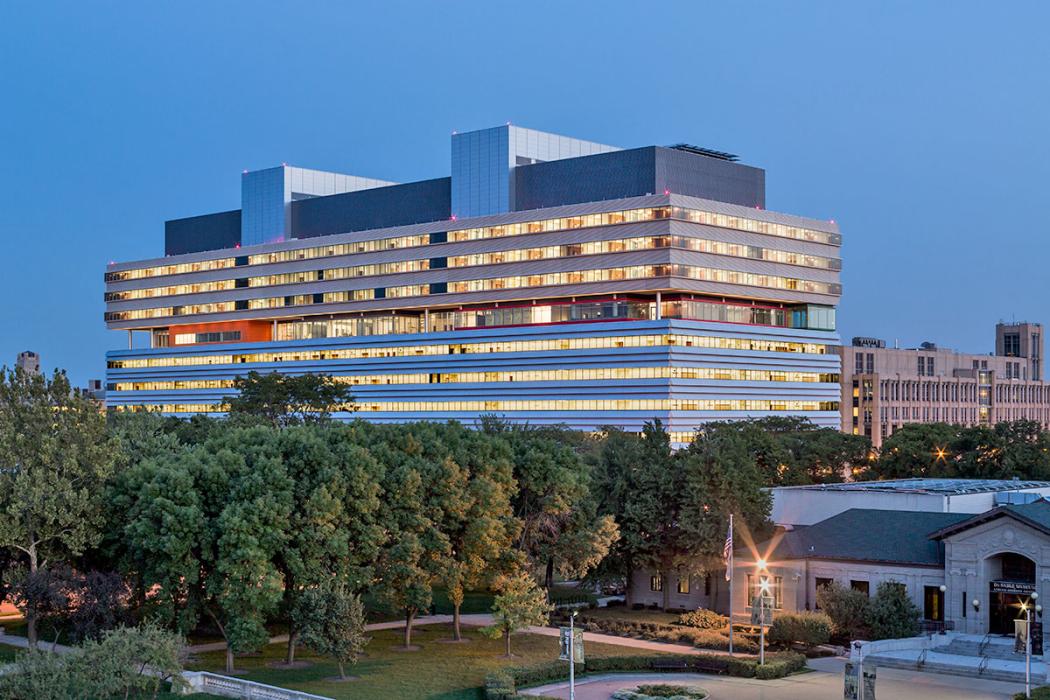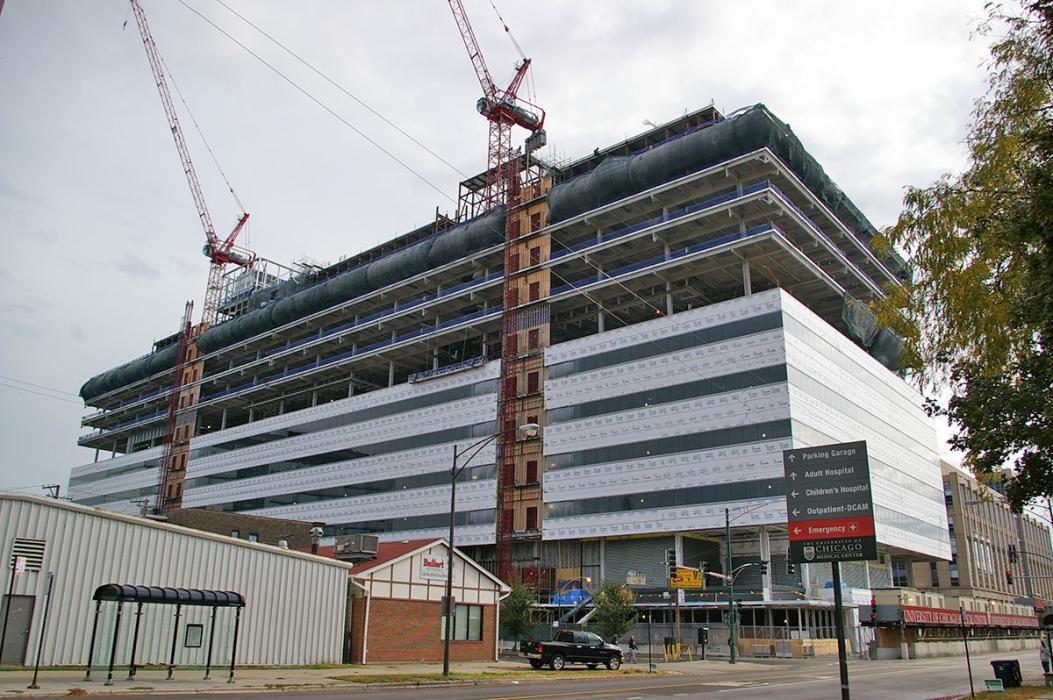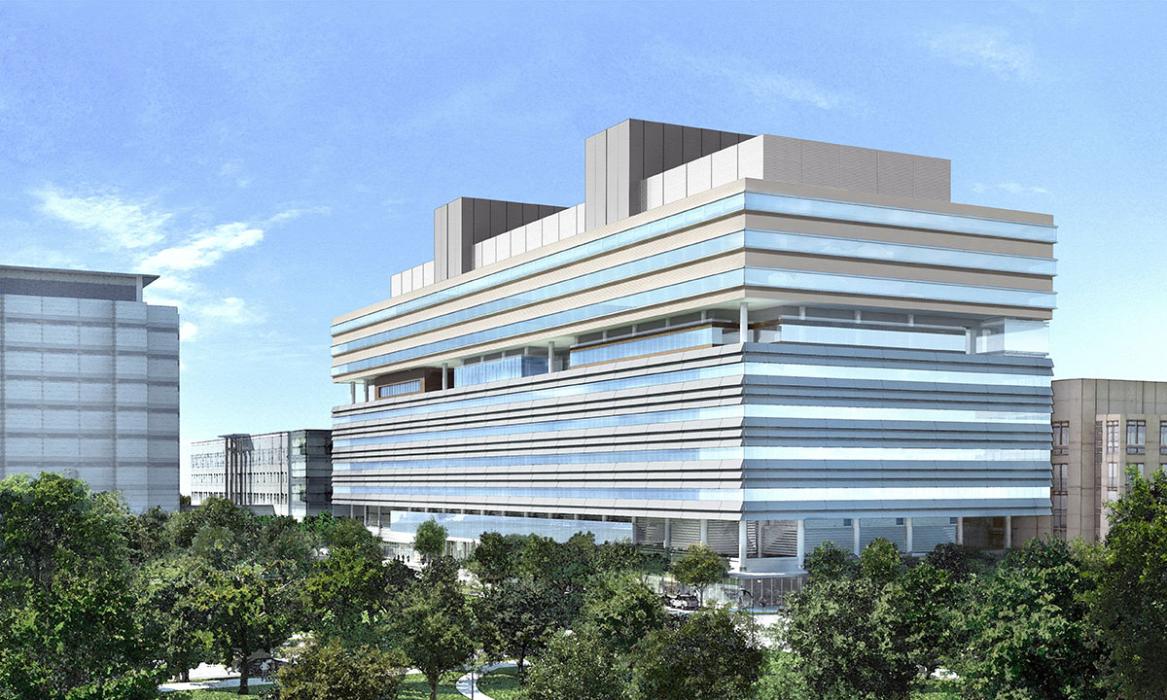
The University of Chicago Medicine, Center for Care And Discovery
UChicago Medicine's flagship hospital in Hyde Park embraced the belief that welcoming design expedites healing.
Project Details
SEAOI, Award of Merit, 2013
Overview
The University of Chicago Medicine's flagship hospital, the Center for Care And Discovery is devoted to complex specialty care with a focus on cancer, gastrointestinal disease, neuroscience, advanced surgery and high-tech medical imaging services. The 1.2-million-square-foot facility—the single largest expansion in UChicago Medicine's history at the time—increased the campus’ total clinical capacity by more than one-third. The 10-story building is also adjacent to other UChicago Medicine campus facilities and includes two levels of mechanical operations.
We provided structural design and connection design services to Rafael Viñoly Architects for the award-wining building, which opened in 2012.
Highlights
- The owner's desire for flexibility was achieved by an innovative structural design based on a grid system that can be reconfigured for a wide range of purposes, from inpatient beds to surgical rooms, without changing the basic frame of the building.
- Composite steel deck and steel beams on steel columns were chosen for their flexibility.
- Contributing to the owner's goal of LEED Silver, we specified steel with 95% recycled content and fly ash as a substitute to cement.
- Another design challenge included the meeting vibration criteria for MRI units and CT scanners on elevated floors. We worked closely with the design team and vibration consultant to purposefully stiffen areas of sensitivity to support the equipment requirements and to limit undesired vibrations.












